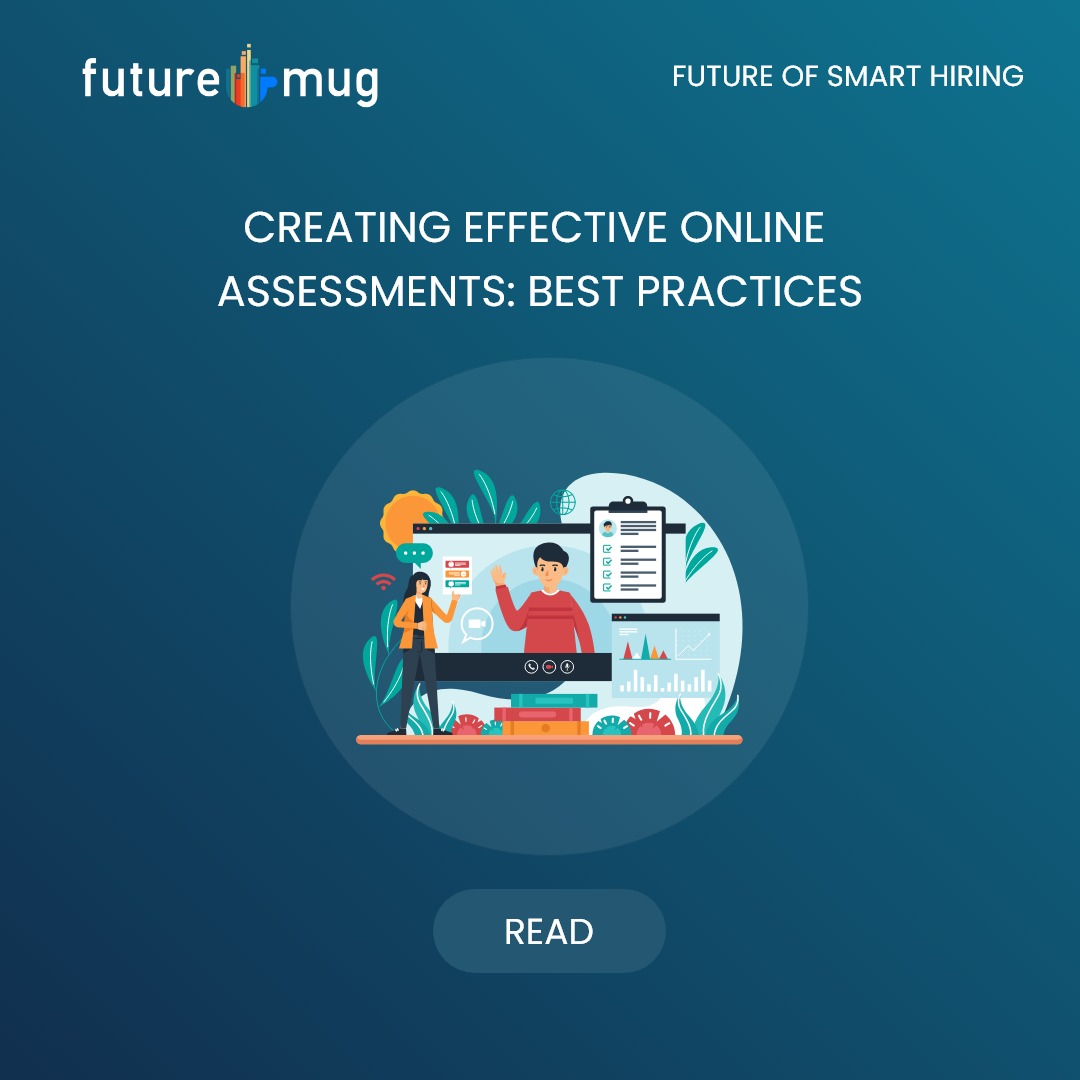
Creating Effective Online Assessments: Best Practices
Creating effective online assessments is pivotal in identifying the right talent for your
organization. Evaluating candidates specifically for each job, as per their domain knowledge
is a very crucial step during the recruitment process. A well-crafted assessment not only
evaluates candidates’ skills and capabilities accurately but also provides insights essential for
informed hiring decisions. Here are some best practices to consider when developing online
assessments:
Clearly Define Assessment Objectives
Before designing an assessment, outline its purpose and the specific skills or traits you aim to
evaluate. Whether it’s technical skills, cognitive abilities, or behavioral competencies, clarity on
objectives ensures alignment between the assessment and the job role.
Tailor Assessments to Job Requirements
Customize assessments to reflect the demands of the role. For instance, if the job entails
problem-solving, include scenarios or tasks that assess candidates’ problem-solving abilities.
Aligning assessments with job requirements ensures relevance and accuracy in evaluating
candidates.
Use a Variety of Assessment Types
Employ a mix of assessment types to gain a comprehensive understanding of candidates’
capabilities. Consider incorporating multiple-choice questions, situational judgment tests, coding
challenges, or simulations based on the skills you seek.
Focus on Clarity and Simplicity
Craft clear instructions and questions that candidates can easily understand. Ambiguity can lead
to misinterpretation, affecting the reliability of the assessment. Maintain simplicity in language
and structure to ensure candidates can navigate the assessment effortlessly.
Ensure Accessibility and Compatibility
Make assessments accessible across different devices and browsers. Candidates may access
assessments on various platforms, so ensuring compatibility enhances the candidate
experience and widens the talent pool.
Test for Reliability and Validity
Conduct a pilot test of the assessment to validate its reliability and effectiveness. Analyze the
consistency of results and whether the assessment accurately measures what it intends to
evaluate. Adjustments based on pilot test feedback can enhance the assessment’s reliability.
Consider Time Constraints Wisely
Set reasonable time limits for completing the assessment. While you want to gauge efficiency
and competence, overly restrictive time constraints might induce unnecessary stress, affecting
candidates’ performance. Balance the assessment’s length with its complexity.
Incorporate Technology Thoughtfully
Leverage technology to enhance assessments but ensure it doesn’t overshadow the
assessment’s primary objectives. Interactive elements, such as gamification or multimedia, can
engage candidates, but they should complement the assessment’s purpose, not distract from it.
Prioritize Candidate Experience
Ensure a user-friendly interface and a seamless candidate experience. Candidates who easily
navigate an assessment are more likely to perform at their best, providing more accurate
insights into their abilities.
Analyze and Interpret Results Effectively
After candidates complete assessments, establish a clear process for analyzing and interpreting
results. Use data analytics tools to derive meaningful insights, helping in making informed
decisions about candidate selection.
Continuous Evaluation and Improvement
Regularly review and refine assessments based on feedback and data analysis. Continuous
improvement ensures that assessments stay relevant, align with changing job requirements,
and offer a fair and accurate evaluation process.
By implementing these best practices, organizations can design online assessments platform
that accurately measure candidates’ capabilities, provide valuable insights, and contribute to
making informed and successful hiring decisions. Effective assessments streamline the
recruitment process, allowing organizations to identify and onboard top talent efficiently.